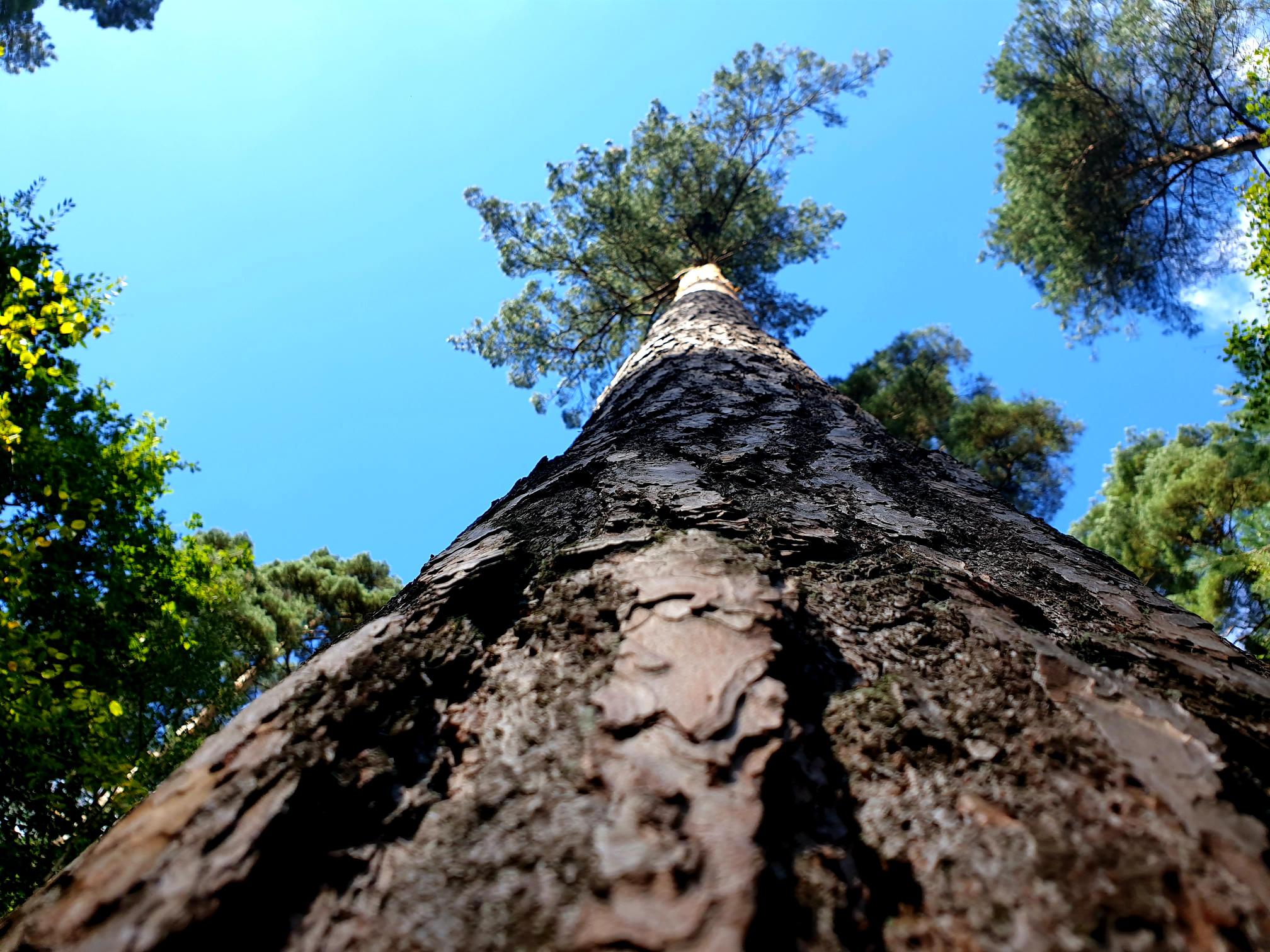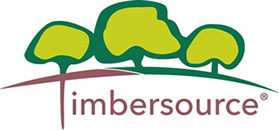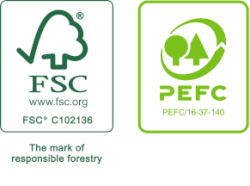Is it good for the environment to buy wood?
The benefits of using timber for more environmentally friendly building practices.

Using wood as a building material for both indoor and outdoor projects is as popular now as it’s ever been. New technologies such as thermo-woods and CLT (cross laminated timber) for cladding buildings and structural innovations offer an exciting window into our future. Timber supplies and forestry has certainly changed enormously over the last century. Three-hundred-year-old trees used to grow in abundance in vast forests and timbers of all species were plentiful. In the past, forests were cut down to give way to alternative industries and were harvested faster than they could be replenished. This has certainly led to a strain on timber cultivation, especially in some of the more mature hardwood varieties.
The good news is that wood is one of the most sustainable organic materials and can be replenished very quickly compared to other natural resources. A tree can be fully grown within 30 years. Provided there is a well-structured programme for re-growth, and we have allocated habitats, tree numbers should always be sustainable. Organisations like FSC can help with this.
What does FSC stand for?
FSC or the Forestry Stewardship Council is one of several worldwide organisations that manages forests and protects areas from being over forested.
According to the FSC, the destruction of forests accounts for at least 10 percent of annual carbon emissions. Every tree absorbs carbon dioxide from the atmosphere and store it. Even when a tree is cut down, it continues to lock in carbon providing a fantastic natural filtering process. So is harvesting trees for their timber bad news for the environment? Flattening forests for growing crops or rearing cattle will reduce our tree numbers and no doubt contribute to an increase in carbon emissions.
However, with well-regulated harvesting practices in place, such as the FSC, PEFC and OLB (to name a few), trees will be strictly replenished as part of a structured programme. As the demand for timber increases, timber production as a method of industry will be taken more seriously and regarded as a more lucrative opportunity for businesses. We have a worldwide opportunity to increase timber demand and a responsibility to regulate the industry in order to make this happen.
Increasing the demand for tropical hardwoods in particular is a proven way of safeguarding forests. When we buy more tropical hardwoods, it increases the value of this timber and provides opportunity for communities to thrive. This in turn, encourages communities to invest in timber cultivation as opposed to clearing large areas of forest to use the land for alternative methods of industry. The video below from the FSC illustrates this perfectly:
So what is the short answer?
Using timber helps to promote the use of wood and raise the profile of using various woods in our everyday life. This helps the environment.

What about the price of timber?
Although it would feel good to have timber prices tumble in the first instance, this would spell trouble for its sustainability. Ideally, we want timber prices to be fair but buoyant. It is vital that the demand and prices ensure long term profitability and prosperity for the industry even in LEDCs (Less Economically Developed Countries). However, when prices increase too much it is due to the demand increasing quicker than the supply can cope. This can be a result of a 'choke', in the market where production may be struggling due to resources being scarce. Good forestry management should help to mitigate this.
The FSC put it well when they say “When forests thrive people prosper”.



